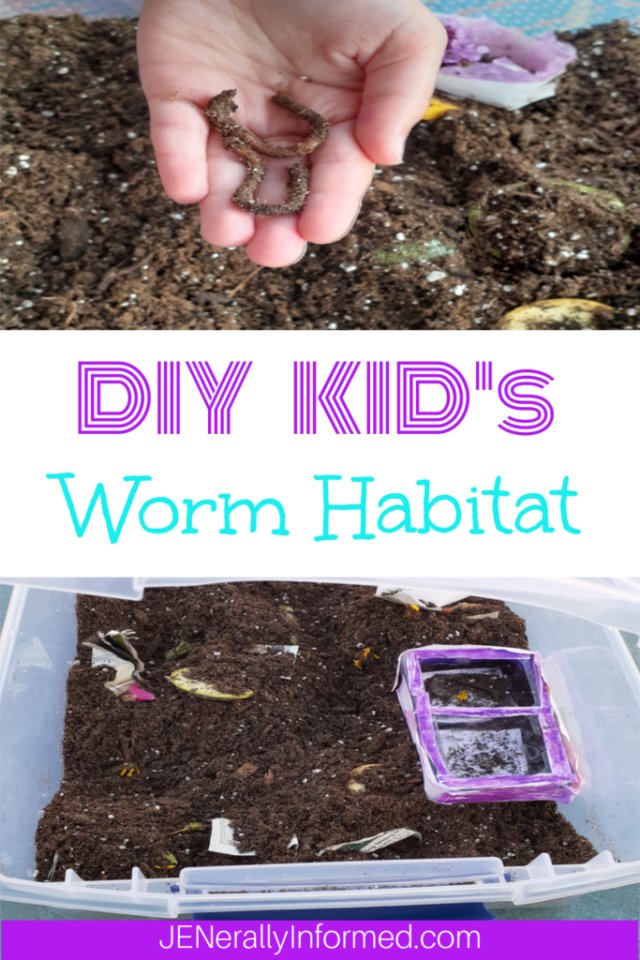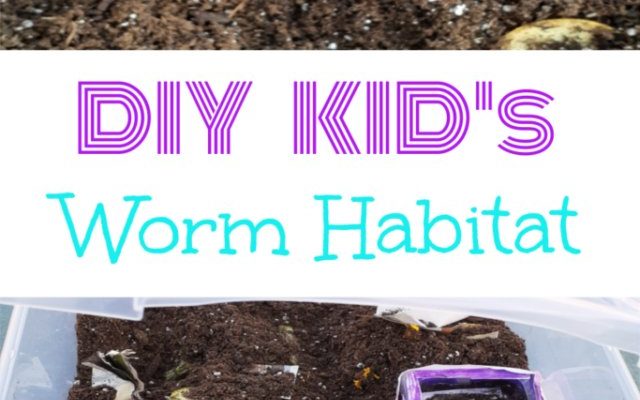
Think of your backyard as a mini ecosystem. Just like a well-balanced recipe needs the right ingredients, an earthworm habitat requires the right environment. You don’t need a Ph.D. in biology to get started. With a little understanding and some effort, you can create a cozy home for earthworms that can help improve soil health and promote plant growth. Let’s dive into how to set up your very own earthworm habitat!
Why Earthworms Matter
Earthworms aren’t just squirmy little creatures we step over in the garden; they play a vital role in keeping our soil healthy. These little guys are nature’s tillers. As they burrow through the earth, they create channels that help air and water circulate, making it easier for plant roots to dig deep and thrive. Honestly, without them, our gardens would struggle.
They also munch on organic waste—think fallen leaves, old veggies, and kitchen scraps—turning that material into nutrient-rich compost. This process not only feeds the worms but also enriches the soil, helping plants grow better. You might be wondering, “What’s the big deal about rich soil?” Well, soil that’s bursting with nutrients supports stronger plants, which means your vegetables and flowers will flourish.
Plus, earthworms help reduce the need for chemical fertilizers. By promoting natural composting through their activities, they keep our gardens healthy while being environmentally friendly. So, setting up a habitat for earthworms is a win-win situation for you and your garden!
Choosing the Right Location
Now that you’re excited about working with earthworms, let’s talk about where to set up their new home. The right location is crucial for their survival. Ideally, you want a spot that’s shady and moist but not too wet. Too much sun can dry them out, and too much water can drown them. It’s all about balance.
Look for areas in your yard with rich, organic material. Maybe you have a flower bed or a vegetable garden that could use some extra help. If you can find a spot where leaves naturally accumulate, that’s a bonus! Make sure the ground is soft, as earthworms prefer loose soil to burrow through.
One great idea is to set up your earthworm habitat near your compost pile. This way, they can easily access all that tasty organic matter you’re producing. Plus, they’ll help break it down even faster. Just imagine all the great things you can grow with a little extra help from your squirmy buddies!
Building the Perfect Worm Habitat
Creating a cozy earthworm habitat is simpler than you might think. Start with a container—this could be a simple plastic bin, a wooden box, or even a small raised garden bed. Just ensure it has holes for drainage, as earthworms thrive in well-aerated environments.
Next, fill the container with a mixture of materials: shredded newspaper or cardboard, kitchen scraps like fruit and vegetable peels, and garden waste like grass clippings or dead leaves. Here’s the thing: avoid citrus peels and meat, as these can attract pests and create odors. Instead, think of your worm habitat as a buffet of organic goodies.
After you’ve layered in the materials, moisten them with water. It should feel like a damp sponge—not soggy, just nice and moist. Mix everything gently to allow air to circulate. You want to create a comfortable environment where worms can thrive and munch away!
Introducing Earthworms to Their New Home
Once your habitat is ready, it’s time to introduce your new friends! You can purchase earthworms from garden centers or online. Red wigglers are a popular choice due to their efficiency in composting. When you bring them home, gently place them into their new habitat.
Give them some time to adjust. It’s normal for them to burrow down at first—they’re just exploring and getting comfortable in their new digs. To help them settle in, sprinkle a little bit of moisture on top. Make sure the environment remains damp but not overly wet. You might want to check back in a few days to see how they’re doing.
Remember, it’s all about creating a low-stress environment. If you see them moving around, it means they’re happy and healthy. Plus, you’ll have a front-row seat to watch these little critters do their magic!
Caring for Your Earthworm Habitat
Just like any living creature, your earthworms need some care to thrive. Start by monitoring their food supply. You can feed them small amounts of kitchen scraps, but avoid overdoing it. Too much food can cause odor problems and attract pests. A good rule of thumb is to feed them once a week.
Keep an eye on the moisture levels, too. If it feels dry, add some water. If it’s too wet, try adding more bedding material like shredded newspaper or dried leaves to soak up excess moisture. Regularly check for any unwanted visitors like fruit flies or ants. If you spot them, make adjustments to your habitat to keep it pest-free.
Also, remember to turn the compost every once in a while. This helps aerate the habitat and gives your worms fresh food sources. It’s like keeping the air fresh in their cozy little home!
What to Expect from Your Earthworm Habitat
As time goes on, you’ll notice some exciting changes in your earthworm habitat. After a few weeks, you might see a rich, dark compost forming. This is a sign that your earthworms are hard at work breaking down organic material into nutrient-rich humus.
You might also notice your plants thriving more than ever. Healthy soil means healthier plants. You can harvest this compost to use in your garden or potted plants. Just imagine the satisfaction of knowing that your earthworms helped create that special soil just for you!
And if you keep your habitat thriving, you may even end up with more worms. They tend to reproduce quickly when they have a happy home. You can share the bounty with friends or start another habitat. It’s a fantastic way to spread the joy of gardening!
Common Challenges and Solutions
Starting an earthworm habitat can come with its hiccups. One common issue is overfeeding, which leads to foul odors and pests. If you notice any unpleasant smells, cut back on the food and give the worms time to eat what’s already there. Your nose will thank you!
Another problem could be moisture levels. Too much water can drown your worms, while too little can dry them out. If you see worms surfacing, it could mean they’re seeking moisture. Adjust accordingly—add bedding or some water to maintain balance.
Finally, pests can be an annoyance. If you find fruit flies, try covering your compost with a layer of dry leaves or newspaper. This barrier helps keep them out while still allowing your worms to thrive.
By addressing these issues calmly and making small adjustments, you can keep your earthworm habitat flourishing!
Enjoying the Benefits of Your Earthworm Habitat
With a little dedication, your earthworm habitat can become a vibrant part of your backyard. You’re not just nurturing worms; you’re enhancing your garden’s ecosystem. From healthier soil to flourishing plants, the benefits are plentiful.
Plus, you get to experience the joy of gardening on a whole new level. Imagine strolling through your garden, knowing that these tiny wrigglers are working hard beneath the surface to help your plants thrive. It’s like having a secret team of little gardeners!
So, whether you’re growing a vegetable patch or just beautifying your yard, consider welcoming earthworms into your backyard. They’re low-maintenance, hardworking friends that fit right into your gardening adventure!
Creating an earthworm habitat is a great way to connect with nature, contribute to a healthy ecosystem, and enjoy the fruits of your labor. So grab your supplies, and let’s get those earthworms settled in their new home!

